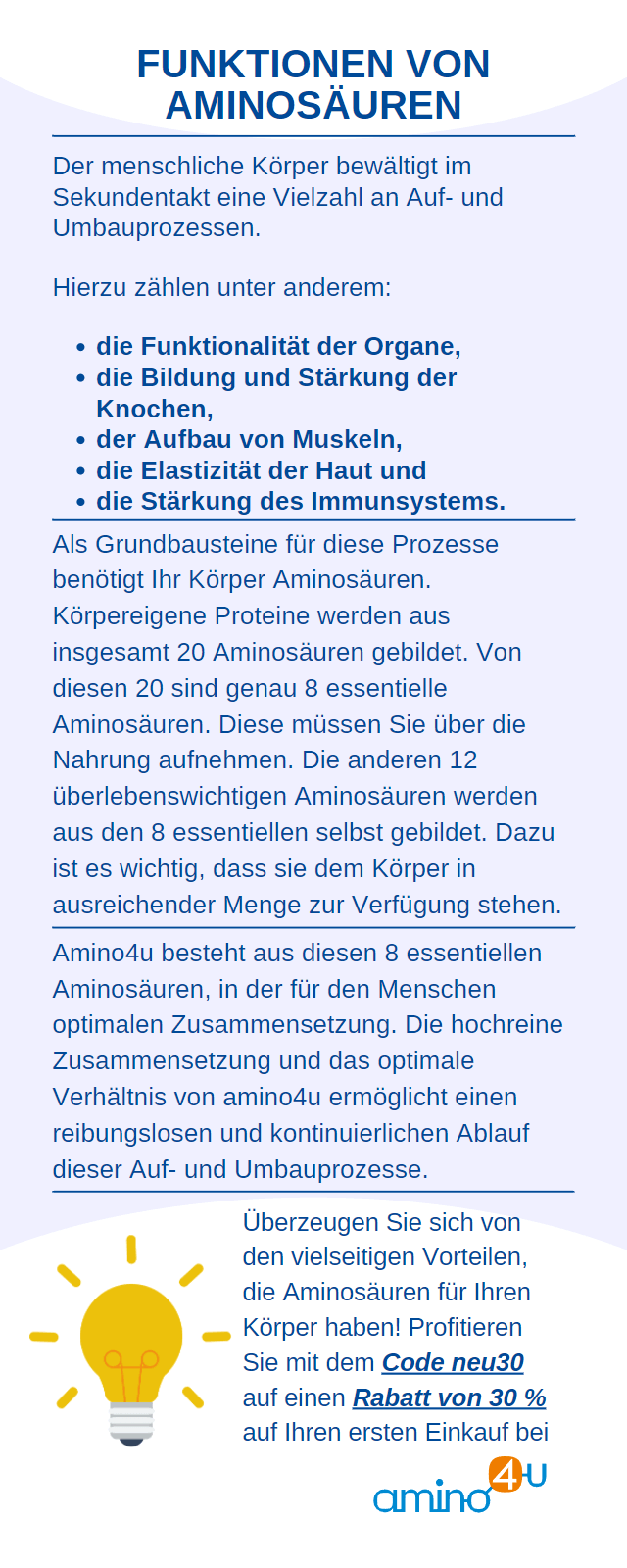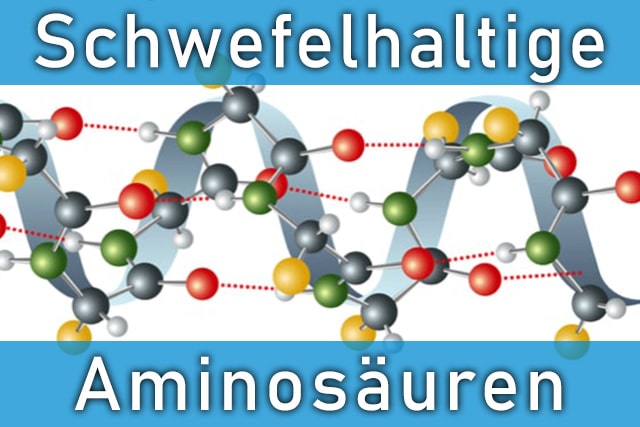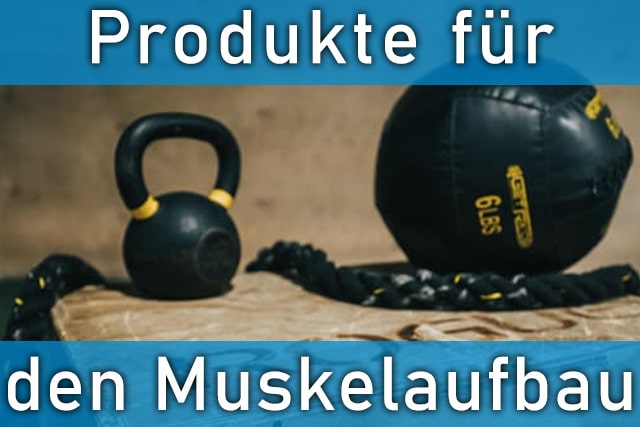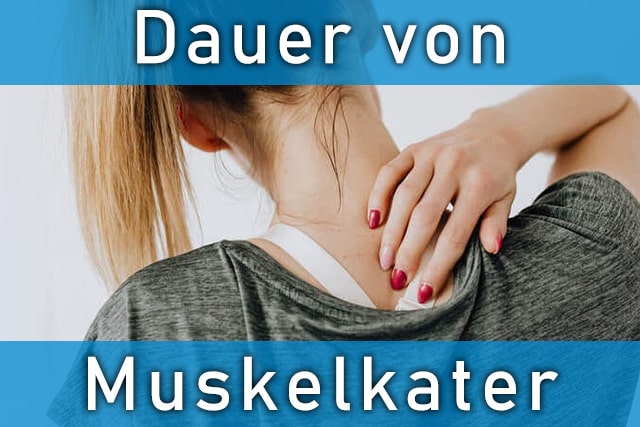Around 4-5% of all bone fractures are fractures of the humerus: a so-called humus fracture. Up to 320 people per 100,000 inhabitants suffer such an injury every year, for example from a fall. Older people in particular are often affected. So how does muscle building work after a humerus fracture ?
Depending on the severity of the fracture, the injury is treated conservatively with immobilization or surgically with subsequent immobilization. In any case, there is a risk of loss of muscle mass due to the rest phase in which you do not move your arm or move it little.
The muscles in the shoulder area are particularly important in humerus fractures in order to avoid possible sequelae such as ongoing limited mobility and stiffness.
In this article you will find information for muscle building training and other helpful measures for building muscle after a humerus fracture .

The humerus fracture
Humerus is the Latin name for the bone that, together with the shoulder blade and the collarbone, forms the shoulder joint.
This humerus bone also forms the starting point for various tendons and muscles that have a decisive influence on shoulder function. The position of the humerus is exposed because there is a large area of bone facing outwards.
This means that if you fall, your body can easily land on this bone. In older patients , a fracture sometimes occurs after stumbling with a slight supporting movement . As a rule, the bone substance is already weakened with age or affected by osteoporosis.
Fractures of the humerus can vary in severity. Splinter fractures of the humerus often occur, especially when the bones of seniors are weakened (possibly due to osteoporosis).
In the case of splinter fractures, joint surfaces can shift or be destroyed. The severity of the fracture determines treatment.
Treatment approaches after a humerus fracture: physiotherapy
A simple fracture of the humerus is regularly treated conservatively. This means that the arm is immobilized with a bandage for a certain period of time and the humerus fracture is mobilized again with physiotherapy exercises and physiotherapy.
In the case of complicated fractures in which the joint surface shifts or the bone splinters intensively, the much more serious injury must be treated surgically. Complex fractures often manifest as intense swelling of the shoulder and bruising.
It cannot be ruled out that vessels or nerves are injured in complicated fractures. This can lead to impaired functionality of the entire arm, including the hand.
During conservative treatment of simple humerus fractures, the arm is immobilized for a certain period of time. This period can be around 2-4 weeks . Sling bandages (Gilchrist or Desault bandages) are used.
As a rule, you should not move your arm at all for at least a week. Further physiotherapy and physiotherapy exercises after a humerus fracture are based on the stability of the fracture.
The principle here is that movement is only allowed again when the fracture is stable. How quickly the healing process progresses and you regain stability can vary greatly from person to person.
Immobilization of the humerus fracture is therefore always associated with a certain amount of muscle loss. This is particularly problematic with the humerus. As described, this bone, together with other anatomical components, forms the shoulder joint.
This joint is a large joint in the human body and is very complex. Particularly mobile due to its lack of bony structures, it relies on particularly well-developed muscles and tendons for its functionality.
Any fracture in this area can therefore initially lead to limited function of the shoulder joint due to muscle loss. If your muscles were already weak before the fracture, there is a risk of serious functional limitations after the fracture . This may be more common in older people.

Surgical treatment and prevention of a humerus fracture
There is also a rest period after an operation on the humerus. How long this lasts varies from person to person. Surgical treatment of humerus fractures can vary greatly in their dimensions.
For example, they can consist of:
- minimally invasive procedures with the insertion of wires and screw connections
- nailing
- the insertion of plates
- the insertion of an artificial shoulder joint
consist.
The loss of muscles is also an issue in the surgical treatment of humerus fractures. In most cases, the fracture of the upper bone is the result of an accidental event.
In younger people, this often involves falling from a greater height, for example during sporting activities. In older people, the condition of the bone structure and the stabilizing muscles play a role in the likelihood of a bone fracture.
The problem is that if the bone structure is weakened, even minimal events such as a slight fall can lead to a humerus fracture. How severe the fracture is in the end and how well the person recovers afterwards also depends on the stabilizing muscles around the bone.
In this respect , muscle-building measures can accelerate recovery not only after a fracture. They can also be a form of general mobility precautions. In addition, some recommendations for building muscle as you age strengthen not only the muscles, but also the bones.
But what can you do specifically in general and after the humerus fracture to build muscles and improve the functionality of the shoulder joint?
Strengthening and building muscle after a humerus fracture
Various physiotherapeutic and physiotherapy exercises are combined in an individually tailored manner after an upper arm fracture .
All measures are aimed at restoring full functionality of the shoulder joint. You can also prevent signs of wear and tear and thus osteoarthritis.
The focus of rehabilitation measures after a fracture is not just on building muscles . The blood circulation in the shoulder joint and the entire shoulder area can also be stimulated. This will prevent the formation of a so-called limescale shoulder .
In this disease, reduced blood flow in various areas of the shoulder leads to tissue changes that can range from cartilage to tissue death.
Above all, the main tendon in the shoulder area changes by storing more calcium. It literally “ calcifies ”. Bursa and painful inflamed areas form, which can also limit mobility in the shoulder joint.

What is musculature?
Many people only associate the term muscle with the part of the anatomy that also bears this name. So it seems undoubted that the thigh muscle, for example, is a muscle. When viewed in this way, it is often forgotten that tendons are also indirectly and functionally part of the muscles .
They have the extremely important function of connecting the muscles to the bones as connective tissue-like parts of the muscles. Tendons grow slower than muscles.
While more muscle mass can be (re)built relatively quickly, especially in untrained people, the tendons have to be built up through continuous training and with patience.
Impatience can take its toll at this point through possible irritation and even injury to the tendons. Finally, when it comes to muscle training, you shouldn't forget about the bands. They connect bone to bone.
Principles for building muscles
Muscle growth occurs when the muscle responds to a stimulus. The intensity of the respective stimulus - the load - must be tailored to the individual condition of the muscles and the desired success. In addition, stress and recovery phases must alternate when building muscle .
In the follow-up treatment of humerus fractures through physiotherapeutic measures, a distinction is made between these 4 different stress situations:
- With passive movement and stimulation, the physiotherapist applies the load through pressure or tension.
- Assistive movement puts stress on certain areas using technical aids or with the support of the therapist.
- He carries out the loads himself through active movement.
- When moving restistively, it loads against resistance.
All of these stresses and stimuli are of different intensity. They are specifically increased during retraining after a humerus fracture .
How quickly and hard you put the strain depends on the individual requirements for healing and the severity of the fracture. Here, the physiotherapist usually develops targeted muscle building training for each individual affected person.
So which muscles should you strengthen after a humerus fracture?
An important focus when building muscles after a humerus fracture is the rotor cuff. 4 tendons form this anatomical unit, which fixes the head of the humerus in the socket in the shoulder joint.
This part of the muscles is particularly important for the full functionality and mobility of the shoulder joint. That's why you should particularly strengthen this part. Physiotherapeutic work after a fracture of the humerus is generally about strengthening the arm muscles as evenly and balanced as possible .

What role does nutrition play in building muscle after a humerus fracture?
If you want to build more mass by alternating stress and recovery, you should also provide the muscles with sufficient building material. This is where protein and its smallest components, the amino acids, come into play.
The protein supply often suffers, especially in older people, because they no longer eat a varied diet and, as they get older, various processes in the conversion and formation of amino acids may slow down.
The recommended protein requirements vary between 0.8 g and 1.7 g per kilogram of body weight, depending on your personal life situation. If you have to recover from a broken upper arm and want to strengthen your muscles, you can't avoid a good supply of protein.
High-quality nutritional supplements can be used to provide a comprehensive supply of all, especially essential, amino acids . The body cannot produce essential amino acids itself; they must be supplied repeatedly through the diet.
However, it's not just about protein. There is a kind of small “ power plant ” in every muscle cell. These power plants are also called mitochondria .
They also need carbohydrates for short-term energy supply via various metabolic processes. In a more complex metabolic process, the body can also obtain this energy from fats.
Finally, various micronutrients are particularly important to support muscle building. The minerals calcium, potassium, magnesium and sodium deserve particular attention. They are all involved in the tension and relaxation functions of muscles.
In the recovery phase after humerus fractures, a varied and balanced diet is particularly important. Nutritional supplements can make a contribution.
Typical training sessions after a humerus fracture
Structuring training after a humerus fracture is an individual matter. Some exercises and measures can be found in most plans for strengthening and building muscles after humeral fracture .
They are named in ascending order of intensity of movement and load:
- Rotation of the forearm
- Elevate the arm
- Stroking the arm
- Arm swinging
- Kneading softballs, sponges or modeling clay
- “ crawling ” up a surface such as a wall with your hand
- various stretching and stretching exercises
- External rotation exercises with and without resistance
- various strength and resistance exercises with weights and pressure against surfaces and obstacles
As with all bone fractures, patience and consistency are required during rehabilitation after a fracture of the humerus. Building or restoring muscles is an important prerequisite for regaining full functionality of the entire shoulder joint area. Pendulum exercises after a humerus fracture, for example, are also well suited.
Cycling after a broken upper arm - when will it be possible again?
Talk to your doctor beforehand if you want to start cycling again after a broken upper arm . Cyclists agree that they can pedal again as soon as they no longer feel pain.
However, you should not overdo the strain on your upper arm after a humerus fracture . Give your arm a well-deserved rest so it has time to heal. The upper arms in particular are put under a lot of strain when cycling .
There is also the risk of a fall. If your upper arm is already weakened due to a fracture that has not fully recovered, another injury can have far worse consequences. We recommend a break of at least 5 weeks.
You can then make your first attempts in consultation with your doctor. If you still feel pain, you should wait a little longer before cycling after a humerus fracture .
During this time, supply your body with sufficient vital substances and amino acids . These can have a significant impact on the recovery process. Eat a balanced and healthy diet. Make sure you consume enough seasonal products, such as fruit and vegetables.




